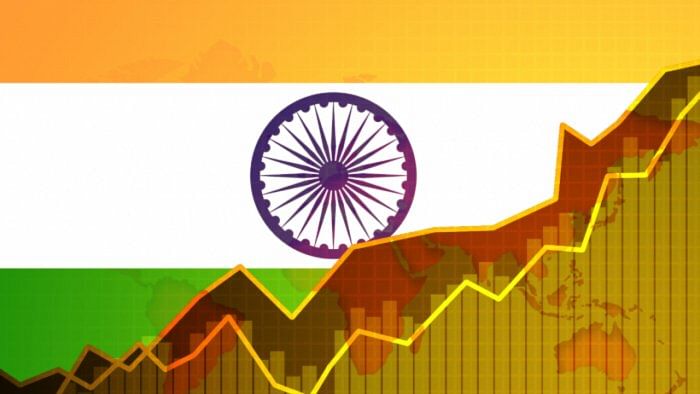
By Vrishti Beniwal
The Centre is weighing a proposal to cut official annual gross domestic product estimates to four releases from six to avoid multiple revisions that market watchers in the past have described as confusing, according to people familiar with the matter.
The Statistics Ministry would start this from next year, the people said, asking not to be identified before a final decision is made. The proposal is being discussed between the ministries of statistics and finance as well as top officials from Prime Minister Narendra Modi’s government as part of a drive to boost the quality of economic data, they added.
This would help India reduce the time for finalising its national income estimates to about two years from nearly three years, the people said. The move comes after numerous controversies over India’s data with market watchers often describing the numbers as inadequate or even confusing due to sharp and unexpected revisions.
The proposed changes include bringing forward the first annual advance estimate by a week to mid-January, while skipping the second forecast in end-February. This would be followed by an update in May and then two more annual revisions.
These moves buy time for the Statistics Ministry to incorporate more data in its estimates, enabling better policymaking, particularity for budget on Feb. 1 and avoiding major deviations in revisions, the people said.
A spokesperson for the Statistics Ministry didn’t respond to an email seeking comments.
India’s GDP data has been at the center of debate since 2015, when the government revised the base year to reflect changes in the economy. It puzzled India watchers again when the government revised 2016-17 GDP growth to an impressive 8.2 per cent in 2019 after an unprecedented cash ban devastated the economy.
Given the concerns about the official data, economists who study India find it difficult to make forecasts and have sought alternatives, with most looking at high-frequency indicators such as auto sales and tax collection to get a sense on direction of the economy.